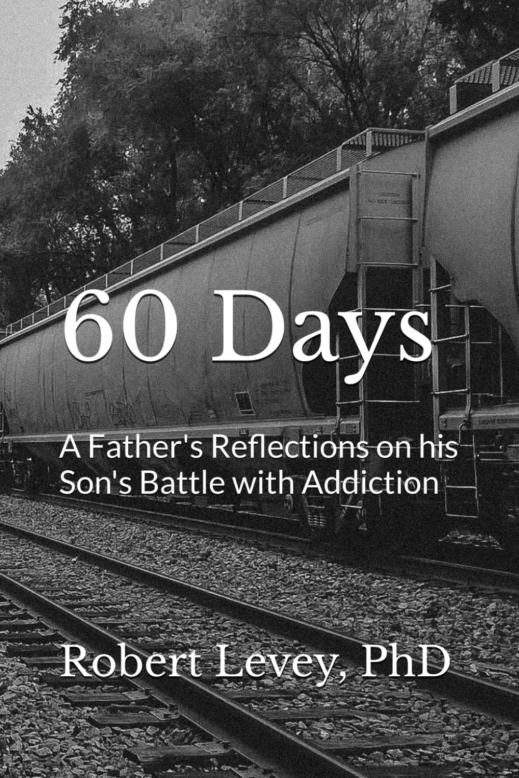These thirsts are fueled by a belief shared by many in the Western world that nature is little more than a machine. According to Rout and Reid (2020), the machine metaphor “delineates nature as predictable, controllable, mindless matter that is separate from and does not matter as much as culture” (p. 948).
Seen through this metaphor, the ecological crisis is little more than a structural problem, a proverbial chink in the system that is nature that can be “fixed” by the hero.
Humanity’s “Needs”
In framing any aspect of the ecological crisis through the lens of its impact on humanity’s needs and wants, the Western world supports the importance of humanity over nature.
Extending this worldview, the machine metaphor lauds progress versus balance and the primary of globalization compared to local phenomena, all of which have helped turn nature into a commodity, a machine built for human use (Sullivan, 2010).
Metaphors such as “steward” are equally problematic. Whereas “steward” implies a moral obligation to care for the Earth, this term also suggests the Earth is inanimate with humans somehow its master (Flint et al., 2013).
Ubiquity of the Hero’s Journey
One way to better understand the machine metaphor (and ecological crisis) is to look at the rationale that supports the narrative structure and sequence of hero’s journey myths. Within these myths, presented similarly throughout the world, “a hero ventures forth from the common day world into a region of supernatural wonder” (Campbell, 2008, p. 28).
Campbell described the universality of the classic hero narrative as a monomyth, a single hero story with which all humans resonate (Allison & Goethals, 2016). According to Campbell (2008), this story follows a trajectory with three primary sequential stages: “A separation from the world, a penetration to some source of power, and a life-enhancing return” (p. 33).
Humans have always been drawn to hero stories, the evidence of which “can be found in the earliest known narratives that describe stirring accounts of the exploits of heroes and heroic leaders” (Kerényi, 1978, as cited in Allison & Goethals, 2016, pp. 188–189).
Rank (1952) said these heroes, found in different nations and “widely separated by space and entirely independent of each other,” present “a baffling similarity, or in part a literal correspondence” (p. 1). Homer’s Odyssey, written 2,700 years ago, is widely regarded as one of the first and best examples of the hero’s journey in the Western world (Allison & Goethals, 2016).
Hero’s Journey Examples
Examples of other ancient hero stories from across the world include “Hesiod, Vishnu, Gilgamesh, Etana, Sundiata, Beowulf, Samson, Thor, Leonidas, Guan Yu, among others” (Durant, 2002, as cited in Allison & Goethals, 2016, p. 189). The hero’s journey is also found in today’s movies, including “Harry Potter, Superman, James Bond, Luke Skywalker, and The Lion King’s Simba” (Singh, 2021, p. 183).
The hero’s journey is not simply a metaphor experienced as entertainment. Rather, it is explicitly used in numerous professional domains: counseling (Lawson, 2005), education (Brown & Moffett, 1999), transformational tourism (Robledo & Batle, 2017), and leadership (Goethals & Allison, 2019) among others.
Despite its ubiquity, tales of a single (usually male) hero armed with superior intelligence do not resonate with all people—a concept that will be explored at great length in the next file in this series.
References
Allison, S. T., & Goethals, G. R. (2016). Hero worship: The elevation of the human spirit. Journal for the Theory of Social Behaviour, 46(2), 187–210. https://doi.org/10.1111/jtsb.12094
Brown, J. L., & Moffett, C. A. (1999). Hero’s journey: How educators can transform schools and improve learning. Association for Supervision & Curriculum Development.
Campbell, J. (2008). The hero with a thousand faces (Vol. 17). New World Library.
Flint, C. G., Kunze, I., Muhar, A., Yoshida, Y., & Penker, M. (2013). Exploring empirical typologies of human–nature relationships and linkages to the ecosystem services concept. Landscape and Urban Planning, 120, 208–217. https://doi.org/10.1016/j.landurbplan.2013.09.002
Goethals, G. R., & Allison, S. T. (2019). The romance of heroism and heroic leadership. Emerald.
Lawson, G. (2005). The hero’s journey as a developmental metaphor in counseling. The Journal of Humanistic Counseling, Education and Development, 44(2), 134–144. https://doi.org/10.1002/j.2164-490X.2005.tb00026.x
Rank, O. (1952). The myth of the birth of the hero: A psychological interpretation of mythology (F. Robbins & S. E. Jelliffe, Trans.). R. Brunner.
Robledo, M. A., & Batle, J. (2017). Transformational tourism as a hero’s journey. Current Issues in Tourism, 20(16), 1736–1748. https://doi.org/10.1080/13683500.2015.1054270
Rout, M., & Reid, J. (2020). Embracing Indigenous metaphors: A new/old way of thinking about sustainability. Sustainability Science, 15(3), 945–954. https://doi.org/10.1007/s11625-020-00783-0
Singh, M. (2021). The sympathetic plot, its psychological origins, and implications for the evolution of fiction. Emotion Review, 13(3), 183–198. https://doi.org/10.1177/17540739211022824
Sullivan, S. (2010, Summer). “Ecosystem service commodities”-a new imperial ecology? Implications for animist immanent ecologies, with Deleuze and Guattari. New Formations, 69, 111–128. https://www.ingentaconnect.com/content/lwish/nf/2010/00000069/00000069/art00009


